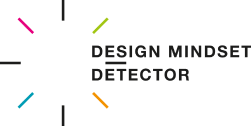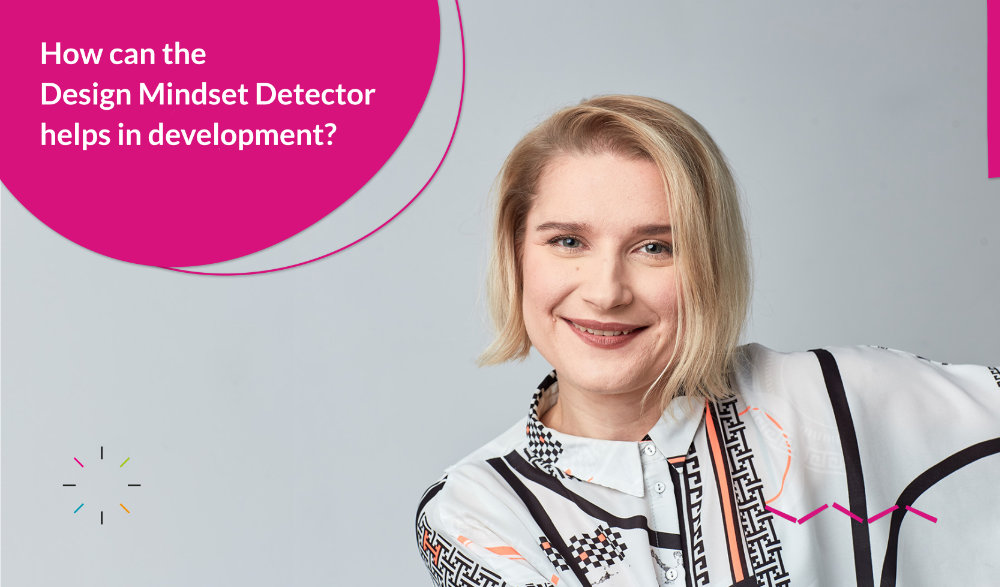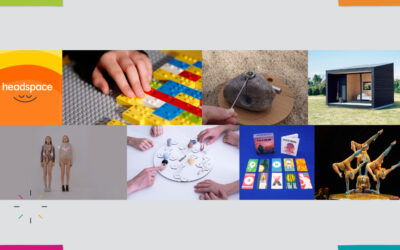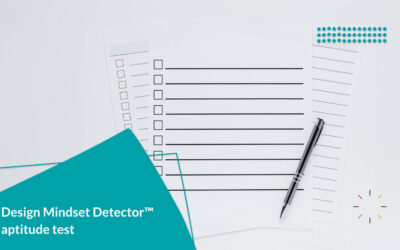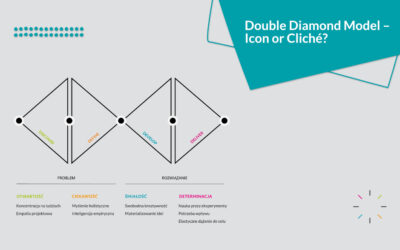In today’s world, where innovation and creativity are key elements of success, developing a Design Mindset is a priority for many. The Design Mindset Detector™ tool can help with this.
Below, we present the story of Karolina Małeczek, who shared her personal experiences and reflections on using the Design Mindset Detector™ test.
Beginnings with Design Mindset and Design Mindset Detector™
I first measured my Design Mindset in April 2022. I was in the midst of a career change. I started working at a company that used the Design Thinking approach daily and began studying service design. It was the time of my “entry” into human-centered design.
The result did not surprise me. I had a “basic” design mind, with strong predispositions in openness and curiosity, but weaker in the other two areas. I noticed that the language in the report was consistent with the language used by people in the design environment (my service design professors, CX, and UX specialists I met at work). The descriptions in the report also intrigued me. For each predisposition, I found a personalized explanation of which actions necessary for user-centered design come easily to me (e.g., “You often treat people and their diversity as sources of inspiration when solving problems”) and what I find challenging (e.g., “You are reserved when it comes to inspirations from unexpected directions”). I also received tips on how to develop each of the 9 predispositions.
Developing Predispositions
My “school” habit made me focus on my weaknesses. I highlighted the predispositions I wanted to develop the most and marked the tips from the report that I could most easily implement considering my then workplace. Fortunately for me, it was an optimal place to develop a Design Mindset. One of the most important tips I took to heart was observing how people with a more developed Design Mindset handle specific situations where the predispositions I have dormant are needed. I could observe this daily.
Is it worth retaking the test?
I retook the test after 6 months. My design mind developed to a “grounded” level (a two-notch jump), and each predisposition increased by an average of 2 points. The satisfaction I felt was priceless!
If you also want to see how the Design Mindset Detector™ test works – Order the test or contact us!
